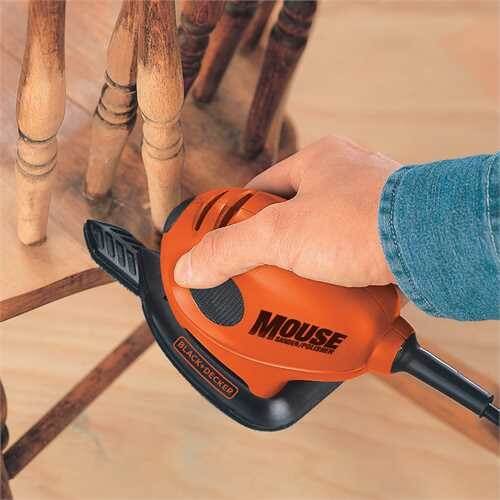
10 Uses to Help You Get the Most Out of Your Sander
May 20, 2017 | DIY & Home Improvement | No comments
Why buy a sander when a piece of sandpaper does the job? Simple really. Using a power tool for your sanding projects is just so much easier. Time saved? Check. Aching arms avoided? Check.
If you’re not sure you’d get enough use out of a dedicated sanding tool, here’s a bit more information about the types of DIY tasks you can tackle with this bit of kit.
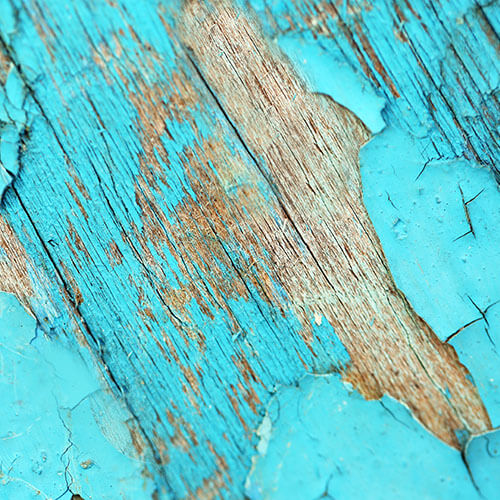
1. Take Off Peeling Paint
Old benches or garden fences can be given a new lease of life with a simple paint job, but only if you thoroughly remove the old paint first. Otherwise, your lovely new paint job will turn scruffy again before you know it.

2. Revamp Chopping Boards
How clean is your board? If the answer is stained and covered in grooves (that bacteria can build up in) we recommend giving the board a sand so it’s smooth and clean once more. A job for when you’re board (sorry).

3. Clean Paint Off Glass
Any meticulous person will tape around the edges of the glass when painting a window frame. Only not all of us are meticulous. If you’ve gone over the edges a buffing or polishing pad attached to your sander will take off the dried paint.

4. Get Rid of Old Varnish
Over time varnish on wooden furniture will get marked, chipped and discoloured. It’s inevitable. A sander lets you remove the old varnish ready to re-coat and start afresh to get a piece of furniture that looks brand new.
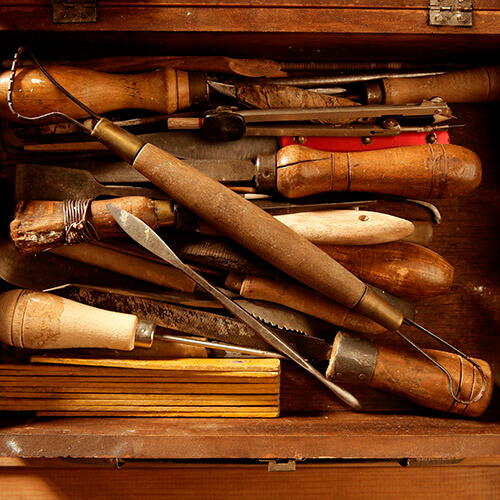
5. Avoid Splinters from Handles
Wooden handles can be a pain in the palm if you get a splinter. Sanded down broom handles or garden tool handles, on the other hand, won’t be a problem and your splinter can be tackled with some nice clean tweezers.

6. Add Shine to Metal Objects
Dull metal can also be revitalised with your trusty sander. The key is to use finishing paper with a fine grit and high grit count. Sandpaper that’s too coarse can leave metal looking scratched which is the opposite of what you want.

7. Clean Car Headlights
You’ll need to tape around the edges of your headlights before you try this (you don’t want to damage your paintwork!), but once you’ve done so you’re good to go. Clean your headlights with car shampoo and water as best you can first. Remove any remaining discolouration via a very light sand with a fine wet and dry sandpaper, then polish.
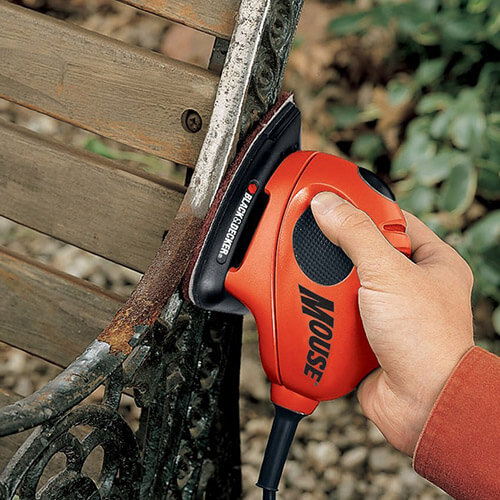
8. Remove Unsightly Rust
Even rust can be sanded off. If you’ve neglected your garden tools or your garden furniture isn’t fully protected from the elements sand off all the rusty parts. Keep the rust from coming back in the future by oiling or varnishing the metal.
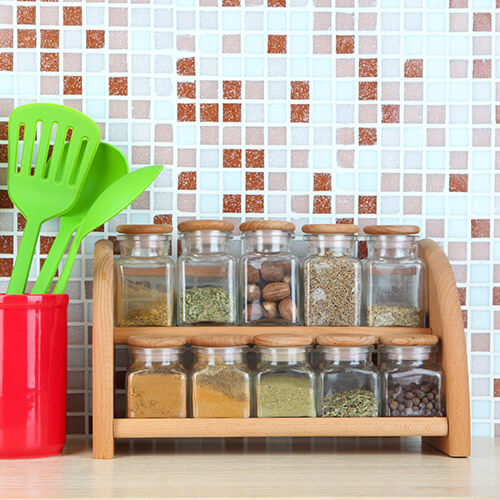
9. Finish Woodwork Projects
Homemade spice racks, wooden bowls or even furniture (if you’re feeling adventurous) will benefit from sanding once they’ve been put together. Then you can display your completed work proudly around your home or use it to win at gifting.
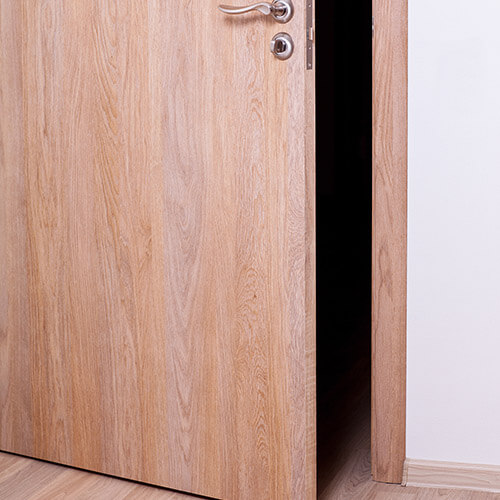
10. Resize Wooden Doors
Awkward doors that have swollen and don’t fit properly can be fixed by sanding them down a little. You may need to remove the door and trim it down first, but you can still use your sander to finish the job with lovely smooth edges.
Uses for your sander don’t stop here. Come on, we know there are lots of areas around your home that could do with an update. We’ve even heard a rumour that you can use an electric sander to remove dry skin on feet. Disclaimer: We’ve not tried this one ourselves – proceed with caution!
Just like wine with cheese, the perfect pairing for your power tools is a sturdy workbench and it just so happens we’ve got tips for getting the most out of that too.
The sander pictured is the Black & Decker mouse sander.
Tags: DIY Tips, Sander Tips

